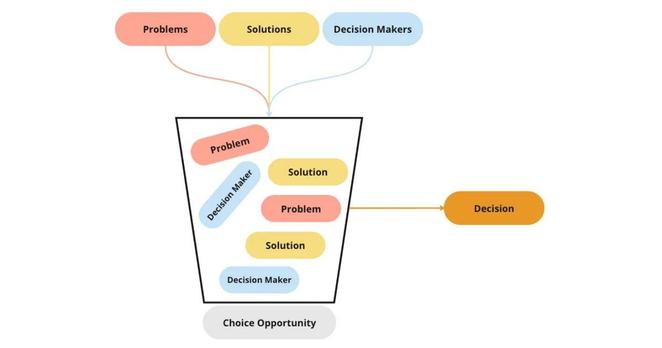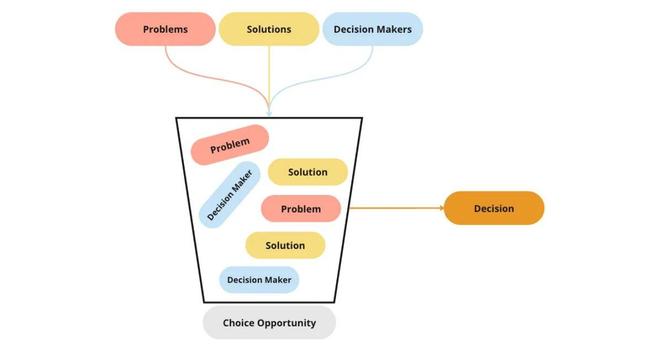Someone recently asked me about the difference between network segmentation and data segmentation after I mentioned them in a post. Both are important. Sometimes you use one method, sometimes the other, and sometimes both. And then, karma. A perfect example of data segmentation appeared on my screen a day or two later, and now I’ll share it with you.
Here’s an example of data segmentation, possibly without network segmentation. See accompanying picture.
I have multiple websites with the same hosting company. The hosting company is offering me the option of merging all of my websites under one login. That would be convenient, but it’s less secure.
At the data level, a cybercriminal must authenticate on each of the websites separately, with separate 2FA. At the network level, I have no way of knowing if the web hosting company has segmented the infrastructure, and to what degree. For some companies, detailed knowledge of the hosting company’s physical architecture is essential to good security, but for me it doesn’t matter, since I have zero confidential information stored on, or accessible from, the web servers. The worst thing a cybercriminal can do to my websites is defacement or knocking them offline.
THE LESSON
As part of your risk assessment, consider both network segmentation and data segmentation. Everything that can be accessed from the same authentication credentials is in the same data segment. The most common weakness I uncover is in granting a single Administrator account too much access.
#CallMeIfYouNeedMe #FIFONetworks
#cybersecurity #NetworkArchitecture #DataArchitecture












